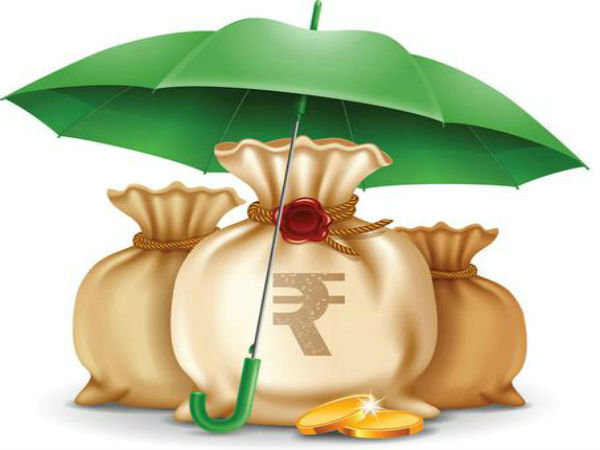India's Central Bank Digital Currency (CBDC); Advantages and Disadvantages of CBDCs
The Reserve Bank of India (RBI) may launch a trial program for India's own digital currency in December, a breakthrough that is expected to transform the way people hold and use money in the future. To be clear, the goal isn't to replace cash or to imitate cryptocurrencies. These are known as central bank digital currencies (CBDCs), and they will be very similar to the current system.
CBDCs have a different appeal for emerging countries like India. A large portion of the population is still unbanked. A CBDC can help the country's economy become more financially inclusive.

What Is A Central Bank Digital Currency (CBDC)?
A central bank digital currency (CBDC) is a virtual representation of a nation's or region's fiat money. It is a digital token or electronic record of the official currency that is issued and managed by the monetary authority.
In simple terms, it is an electronic version of the existing banknote that cannot be changed or withdrawn in paper form (cash) from a bank or an automated teller machine.
Features of Central Bank Digital Currency
- CBDCs are issued by a central bank or a central monetary authority.
- CBDCs are backed by the central bank or issuing monetary authority.
- CBDCs are easily transferable between peers via peer-to-peer platforms.
- CBDCs may be essentially programmed for any application.
- CBDCs are widely accepted as legal tender.
- The digital money of a central bank is linked to a fiat currency.

Advantages of CBDC
The first benefit is the potential for a more efficient payment system in areas where the managing currency is expensive. Second, because CBDC does not require users to have a bank account, it has the potential to increase financial inclusion. The possibility for a more efficient payment system in areas where the cost of keeping currency is considerable is the first advantage. Second, because CBDC does not require customers to have a bank account, it has the potential to increase financial inclusion.
One of the most significant benefits that CBDCs will provide is the expansion of financial inclusion. Even today, a large portion of the global population lacks access to financial services. Remote places in impoverished countries, for example, plainly indicate constraints on bank account access.
If a currency is unavailable for any reason, the CBDC might ensure that people have easy access to legal tender. CBDC and cash would have legal recognition as a valid method of payment if they were issued as legal currency.

Challenges of CBDC
Because the CBDC is held on the balance sheet of a central bank, if there is a large demand for them, the balance sheet may expand. Furthermore, the central bank may be required to provide additional liquidity to banks, resulting in the central bank taking on credit risk.
Citizens may withdraw an excessive amount of money from banks at once and purchase CBDCs, resulting in a bank run. Users may react negatively if a technology supposed to be private is centralized through the government, posing cybersecurity issues.

Difference between CBDC and Cryptocurrency
Thousands of virtual currencies, often known as cryptocurrencies, have already been created. These may be centralized, but they are not government-related. Bitcoin and its competitors are examples of fully decentralized cryptocurrencies. Cryptocurrencies are based on distributed ledger technology, which means that several devices throughout the world, rather than a single central hub, are constantly validating the transaction's accuracy.
CBDC is a centralized digital currency controlled by a central bank, with a blockchain network that can only be accessed and interacted with by certain financial institutions with the appropriate permissions. CBDCs can only be used for payment, and any sort of stockpiling or investing is outright prohibited.
Cryptocurrencies are decentralised digital assets maintained on a public, permissionless blockchain network that anyone may access. Cryptocurrencies can be used for both financial transactions and speculation. There is no central authority that can regulate their use.

Must Know Facts on Digital Currency
- A CBDC is being considered by 81 nations (representing over 90% of global GDP). Only 35 nations were exploring a CBDC in our first research, published in May 2020.
- China is ahead of the game, enabling foreign visitors to use digital yuan in exchange for providing passport information to the People's Bank of China for the upcoming Winter Olympics.
- The United States is the country with the most central banks (the US Federal Reserve, the European Central Bank, the Bank of Japan, and the Bank of England).
- A digital currency has now been completely launched in five nations. The first CBDC to become widely available was the Bahamian Sand Dollar.
- 14 additional nations, including large economies like as Sweden and South Korea, are currently testing CBDCs in preparation for a full launch.

Conclusion
Central banks have begun to investigate the use of CDBCs as a new kind of money. CBDC is projected to be used as a digital currency to address the declining use of cash in some countries, while others see CBDC as a novel way to bring financial stability to the economy. CBDC as a new payment system, on the other hand, may soon be available in a number of nations throughout the world, and events like COVID-19 may help to accelerate this process.
































